
In 2023, the rise and fall of Tesla’s price
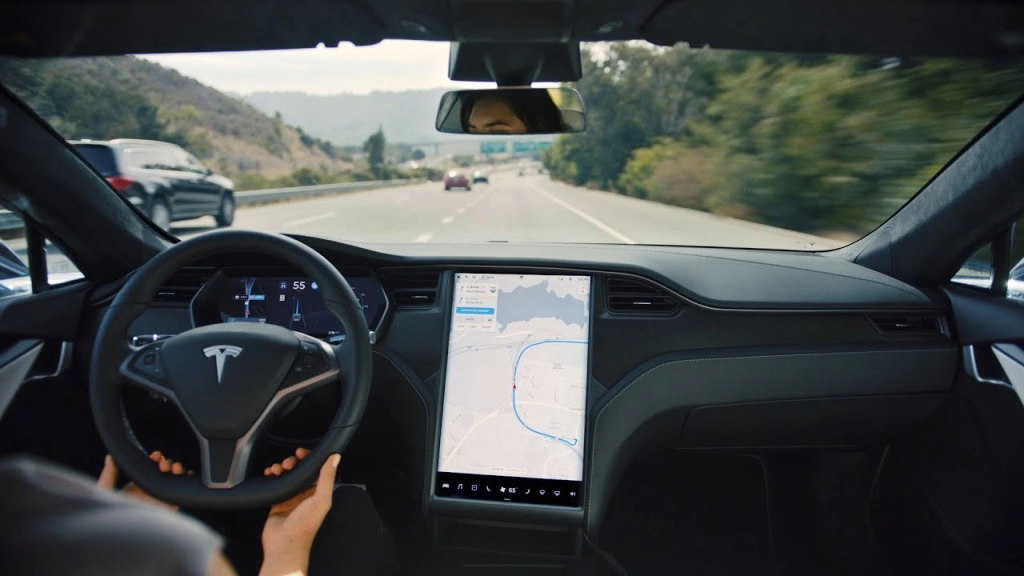
Global price war
On July 20, Beijing time, Tesla announced its financial report data for the second quarter of this year.
After a year-long “global price war”, Tesla’s gross profit margin has dropped from 25% in the same period last year to 18.2% in Q2 this year.
Profitability has been greatly squeezed, but Musk still seems confident.
Musk said on Tesla’s Q2 earnings call that it will continue to cut prices during “turbulent times.”
Musk bluntly stated that it is reasonable to sacrifice vehicle profit margins in exchange for more production.
In addition, he also proposed to “increase the price of FSD.”
Based on the above, it may not be the car that will help Tesla make money in the future, but the autopilot software.
Musk firmly believes that the self-driving FSD (Full Self-Driving) software will be an important way for Tesla to increase its valuation by 5 to 10 times in the future.
At this year’s 2023 World Artificial Intelligence Conference, he made it clear that autonomous driving technology will improve the utilization rate of cars, and Tesla is expected to achieve L4-L5 autonomous driving later this year.
It is understood that the current price of FSD software in the United States is 15,000 US dollars, and this figure will be further increased in the future.
And Musk has always said that Tesla can sell cars at zero profit. What did Tesla do right when it comes to software-defined cars?
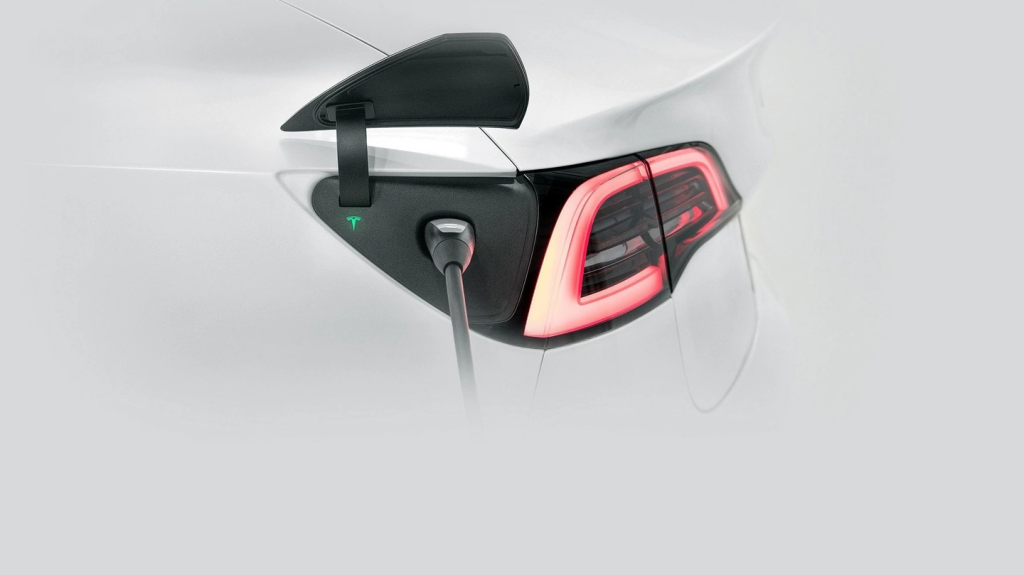
Is it better to sell software than to sell a car?
For Tesla, although its gross profit margin has declined, its overall profit per vehicle is still at a relatively high level.
Frequent price fluctuations are also due to its high profit per bicycle.
Previously at the China Auto Forum, Xu Changming, deputy director of the State Information Center, pointed out that BYD’s single-car profit was only 8,854 yuan, while Tesla’s single-car profit reached $10,426, 8.5 times that of BYD.
That is to say, Tesla sold one unit, and BYD sold 8.5 units to catch up.
In addition to the profit growth brought about by car sales, Tesla’s software profitability is also worth learning from BYD.
In 2012, Tesla delivered the world’s first truly smart car, the Model S.
When mentioning Model S, many old car owners will first think of the large 17-inch central control screen, full LCD instrument panel, touch screen operation…
These have subverted the previous perception of car interiors, which rely on its software System Version.
Tesla’s software system Version is based on a deep transformation of the Linux kernel, enabling it to achieve rapid OTA corrections and upgrades, opening a new era of “software-defined cars”, and also providing the possibility for software subscriptions.
After ten years of exploration, Tesla has formed three major software subscription services, Autopilot FSD fully automatic driving optional package, OTA paid upgrade, and advanced car networking functions, which have become important profit growth points.
First of all, Tesla realizes software profitability through optional autopilot kits.
Tesla’s different levels of autopilot have been developed and improved over the years and are now quite mature.
However, these functions are not activated by default.
Users need to subscribe to pay to activate these functions, and as the number of functions increases, the subscription price continues to rise.
In April 2022, Musk said in an interview that the number of test users of the FSD software has exceeded 100,000.
By September of that year, the number had topped 160,000.
More importantly, FSD software has already begun to charge, and FSD is currently priced at $15,000 (approximately RMB 105,000) in North America or $199/$99 per month (monthly subscription).
This is equivalent to the price of a car in the low and middle price range.
That means Tesla can make as much profit selling a car as it does selling a car.
This is what Musk said, “In the long run, self-driving revenue will make all these numbers (traditional car sales profits) look stupid.”
Second, Tesla changes vehicle performance and configuration through OTA paid upgrades.
Users can obtain better acceleration, battery life and comfort configuration through paid upgrades.
For example, in 2019, Tesla launched the “Acceleration Performance Enhancement Package”, which can further release the redundant performance of the dual motors of the Model 3 long-range all-wheel drive version through OTA, reducing the acceleration from 100 kilometers to 3.9 seconds from 4.4 seconds and users need to pay $2000.
In addition, it is the advanced car networking function in the cockpit.
Tesla allows users to upgrade MCU1.0 to MCU2.0 through paid upgrades to obtain smoother and richer car-machine applications.


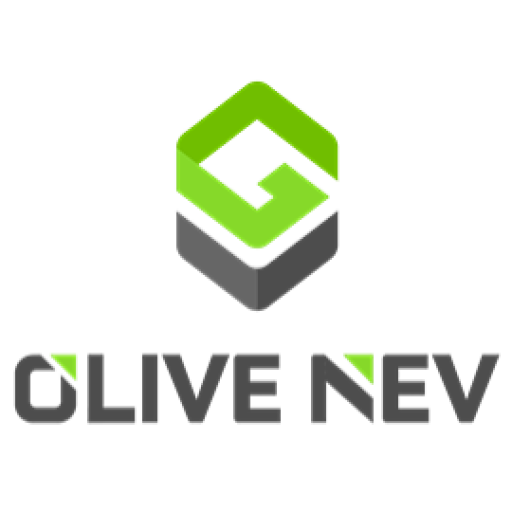
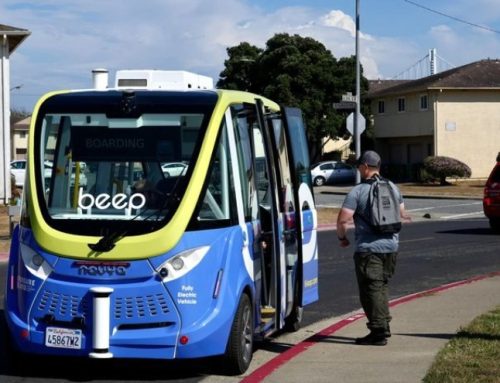
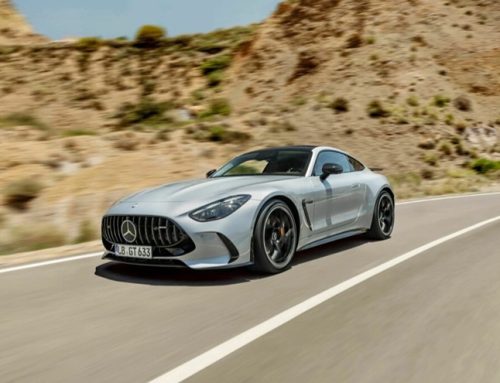

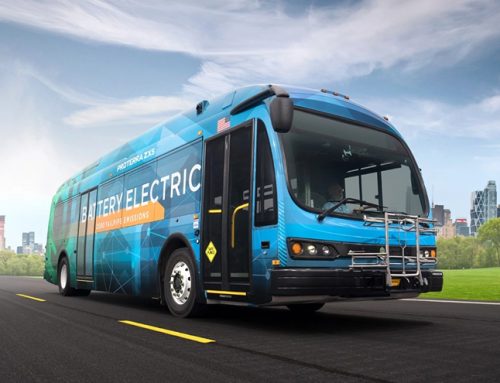
Leave A Comment